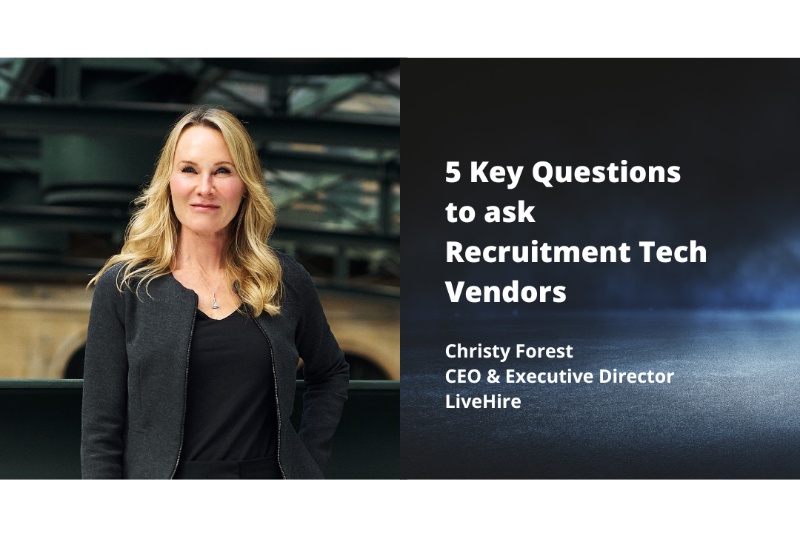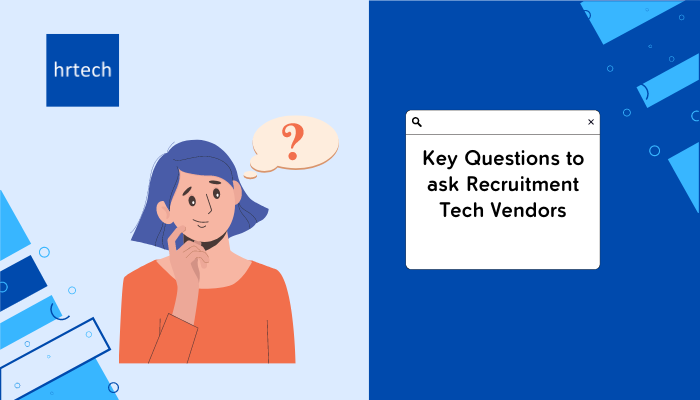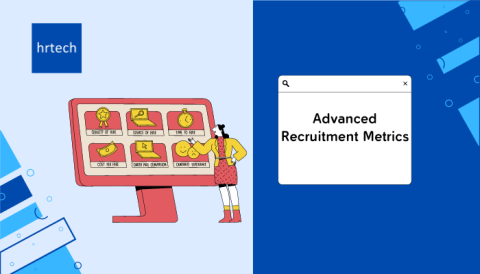Recent market and technology shifts, along with the impact of COVID-19, have compromised the effectiveness of these approaches and accelerated changes to the way we source, hire and inspire the best talent.

Recruiting used to rely on traditional methods to hire talent, such as advertising on job boards or partnering with recruitment agencies. But recent market and technology shifts, along with the impact of COVID-19, have compromised the effectiveness of these approaches and accelerated changes to the way we source, hire and inspire the best talent.
Adapting your approach to talent acquisition and engagement often requires an upgrade to your HR tech stack, but shopping for new technology solutions can be overwhelming – particularly in the HR space, where there may be hundreds of options to consider. Given how quickly the technology landscape is changing, many of the recruitment solutions sold by vendors today are outdated. They simply don’t deliver the process or cost efficiencies that modern technologies are able to do with ease. Having the best HR strategy in the world won’t work if the right technology does not underpin it.
Picking a new technology can be challenging, but knowing the right questions to ask can help point you in the right direction. So what are the key questions you should ask HR tech vendors to determine which solution is right for you?
1. How will this recruitment solution help us to reduce our hiring costs?
When attempting to reduce your cost-per-hire, some of the key metrics our clients focus on include: reducing job ad spend, reducing reliance on recruitment agencies, and following a more efficient hiring process that streamlines onerous tasks. As an example, two well-known brands – Vodafone and ASICS – significantly reduced their cost-per-hire by 34% and 72% respectively after implementing LiveHire and changing the way they approached recruitment solutions (read more about Vodafone and ASICS).
2. How will this recruitment solution help us achieve our performance targets (e.g. faster time-to-hire, better quality of hire)?
Modern Applicant Tracking Systems are designed to be candidate-centric and leverage a company’s employer brand to attract and engage candidates before a hiring need arises. By building a Talent Community of candidates that are aligned to your culture and can be efficiently screened to determine their fit for the role, organisations are able to progress from raising a job requisition to rapidly identifying a shortlist of suitable candidates and advancing to interviews. Based on thousands of data points from LiveHire clients, we can confidently say this approach reduces time-to-hire from 2 months to just 20 days.
3. How will this recruitment solution help us reduce candidate rejection and improve our candidate conversion rate?
Conventional wisdom says that it’s better to attract as many candidates as possible to your job vacancy. Unfortunately, that also means you’ll spend countless hours reviewing CVs and rejecting dozens, if not hundreds, of applicants. What if you could avoid costly job advertisements, followed by hours of candidate screening and rejection? That’s the purpose of talent pooling; it enables you to invite a qualified shortlist of candidates to apply for a role and avoid mass rejection.
4. How can you help us deliver a better experience for candidates, recruiters and hiring managers?
If your business sells to consumers, your candidates are your customers, and ensuring they have a positive experience with your brand is more important than ever. Vendors should be able to share the candidate, recruiter and hiring manager journey maps and demonstrate how their product has been designed with user experience at its centre.
5. What technologies does your recruitment solution integrate with and how can you help us think through our HR tech stack?
Technology and integrations are an ever-changing minefield. If you are not a technology expert, it can be hard to keep up with jargon, technical specifications and how they all interact with each other. It’s useful to look for a technology vendor who will partner with you to find the right technology solutions and be able to help you think through your HR tech stack both for now and as your business changes.
There’s a lot of factors to consider when you begin shopping for new technology, but it’s important to map out your buying process, know the right questions to ask potential vendors, and partner with the right stakeholders to build a compelling business case for change.
About the author :

With a strong interest in the transformational business model, Christy’s focus lies in changing the way all people find meaningful work. Best known for the drive for performance and collaboration and humanity in the workplace, Christy has more than 20 years of experience in leading high-growth talent and technology businesses. As the Global Head of Member Services, and the first woman on CEB’s Executive Committee, Christy developed a passion for delivering and scaling high-quality customer experiences worldwide. As the MD APAC for CEB, she pioneered new markets, products, and processes. Christy is passionate about creating the right avenues that encourage women to pursue a career in technology. LinkedIn





